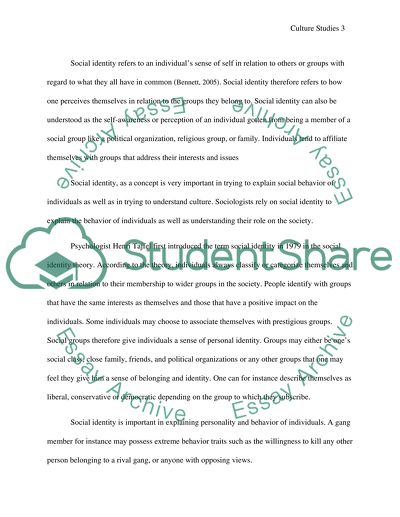Cite this document
(Culture and Everyday Life Case Study Example | Topics and Well Written Essays - 2000 words, n.d.)
Culture and Everyday Life Case Study Example | Topics and Well Written Essays - 2000 words. Retrieved from https://studentshare.org/culture/1629557-culture-studies
Culture and Everyday Life Case Study Example | Topics and Well Written Essays - 2000 words. Retrieved from https://studentshare.org/culture/1629557-culture-studies
(Culture and Everyday Life Case Study Example | Topics and Well Written Essays - 2000 Words)
Culture and Everyday Life Case Study Example | Topics and Well Written Essays - 2000 Words. https://studentshare.org/culture/1629557-culture-studies.
Culture and Everyday Life Case Study Example | Topics and Well Written Essays - 2000 Words. https://studentshare.org/culture/1629557-culture-studies.
“Culture and Everyday Life Case Study Example | Topics and Well Written Essays - 2000 Words”. https://studentshare.org/culture/1629557-culture-studies.


